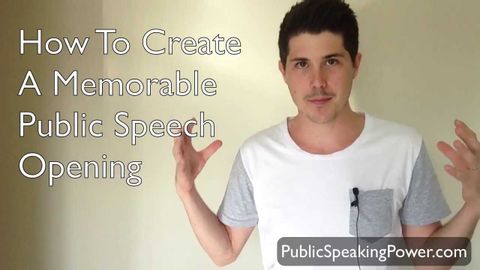
Subtitles & vocabulary
How To Create Memorable Public Speech Openings (Ep25)
00
Hhart Budha posted on 2014/06/17Save
Video vocabulary
people
US /ˈpipəl/
・
UK /'pi:pl/
- Noun (Countable/Uncountable)
- Persons sharing culture, country, background, etc.
- Men, Women, Children
- Transitive Verb
- To populate; to fill with people.
A1
More fear
US /fɪr/
・
UK /fɪə(r)/
- Noun (Countable/Uncountable)
- Unpleasant feeling caused by being aware of danger
- A feeling of reverence and respect for someone or something.
- Verb (Transitive/Intransitive)
- To be afraid of or nervous about something
A1TOEIC
More tip
US /tɪp/
・
UK /tɪp/
- Transitive Verb
- To pour or move something from a place, container
- To give extra money for good service
- Noun
- End point of e.g. a pencil or finger
- Extra money given for good service
A2
More think
US /θɪŋk/
・
UK /θɪŋk/
- Verb (Transitive/Intransitive)
- To have an idea about something without certainty
- To have an idea, opinion or belief about something
A1
More Use Energy
Unlock All Vocabulary
Unlock pronunciation, explanations, and filters
